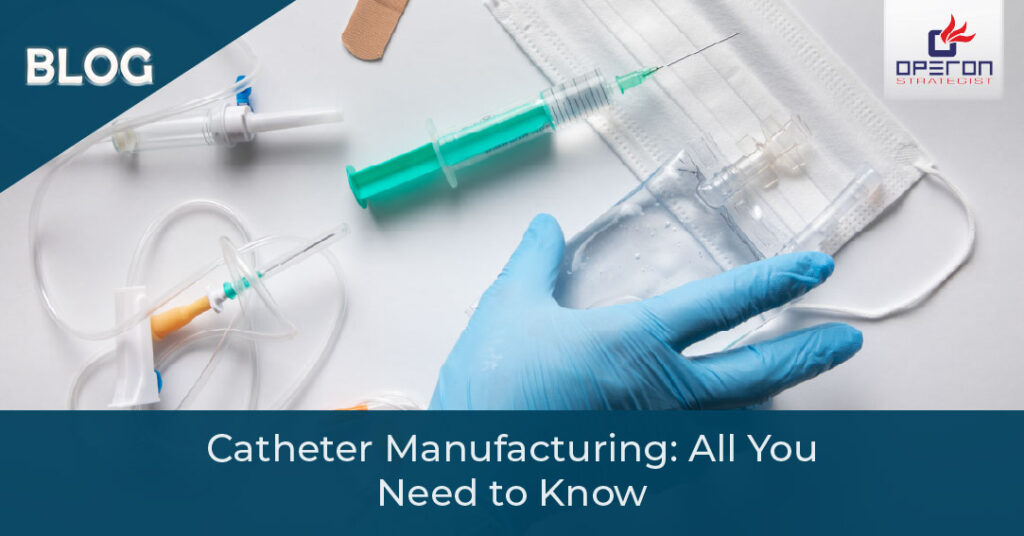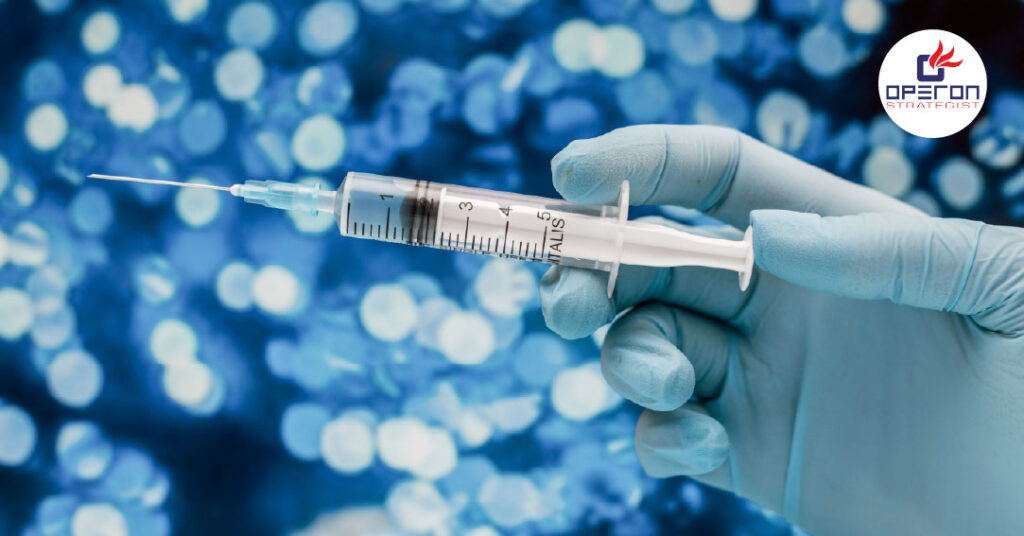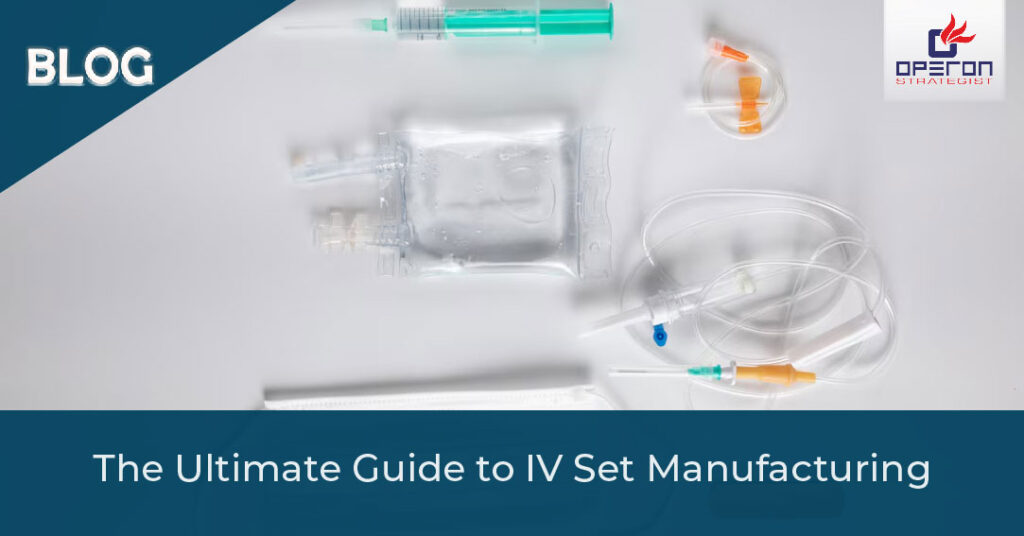
Catheters are among the most widely used medical devices in the healthcare industry, with applications ranging from cardiovascular to urological treatments. If you’re a medical device startup or manufacturer in the USA, entering the catheter manufacturing market can be a profitable yet highly regulated journey.
What Are Catheters and Why Are They Important?
Catheters are flexible tubes inserted into the body for therapeutic or diagnostic purposes. The global demand for catheters is growing due to the rising prevalence of chronic diseases, minimally invasive procedures, and expanding healthcare access.
With the US medical device market being one of the largest in the world, catheter manufacturing offers immense potential—but also requires a strong focus on quality, compliance, and process control.
Types of Catheters
Understanding the product landscape is the first step in catheter manufacturing. Common types include:
- Urinary Catheters – Used to drain the bladder
- Intravenous (IV) Catheters – Deliver fluids or medications into veins
- Central Venous Catheters – Used for long-term treatments and monitoring
- Balloon Catheters – Common in angioplasty and urological procedures
- Dialysis and Neurovascular Catheters – Specialized designs for niche treatments
Each type has unique design, material, and regulatory requirements.
Materials Used in Catheter Manufacturing
Choosing the right material is critical for ensuring safety, flexibility, and performance.
Common catheter materials include:
- PVC (Polyvinyl Chloride) – Cost-effective and versatile
- Silicone – Biocompatible and preferred for long-term use
- Polyurethane – Offers balance between strength and flexibility
- Latex – Highly flexible but may cause allergic reactions
Tip: Material selection must comply with FDA biocompatibility standards and ISO 10993.
Catheter Manufacturing Process
Manufacturing catheters requires precision, cleanliness, and compliance with regulatory standards. Below is a step-by-step overview of the typical catheter manufacturing process:
- Design & Prototyping: CAD modeling, selecting materials, and creating initial prototypes based on intended use and patient safety.
- Extrusion: Forming catheter tubing with specific lumen structures using extrusion techniques.
- Tip Forming & Shaping: Creating smooth tips and bends for safe anatomical navigation and patient comfort.
- Assembly: Integrating additional components like connectors, hubs, balloons, and wires.
- Surface Treatment: Applying hydrophilic or antimicrobial coatings to reduce friction and improve performance.
- Sterilization & Packaging: Final cleaning, sterilization using EO or gamma radiation, and packaging in a controlled environment.
Each step is carried out in compliance with FDA guidelines and ISO standards to ensure safety, consistency, and performance.
Quality Control and Testing
Strict testing is essential to meet FDA and ISO standards. This may include:
- Dimensional accuracy checks
- Leakage and pressure tests
- Flow rate testing
- Biocompatibility and sterilization validation
- Packaging integrity testing
All processes must be performed in a controlled environment—typically a clean room classified under ISO 14644-1.
Regulatory Requirements for Catheter Manufacturing in the USA
Catheters are generally Class II medical devices, which means they require FDA 510(k) clearance before being marketed in the USA.
Key regulatory steps:
- Product Classification & Predicate Device Search
- Risk Analysis & Design Controls (21 CFR Part 820.30)
- Preclinical Testing (biocompatibility, sterility, etc.)
- Preparation & Submission of FDA 510(k)
- Post-market Surveillance and QMS Compliance
In addition to FDA regulations, you’ll also need ISO 13485 certification for global market access.
Facility Setup for Catheter Manufacturing
A compliant manufacturing setup ensures quality and speeds up approvals.
Essential infrastructure:
- ISO-Classified Clean Room
- Extrusion Machines & Bonding Equipment
- Automated and manual assembly stations
- Sterilization units (in-house or third-party)
- In-process and final QC stations
Also critical is implementing a Quality Management System (QMS) aligned with FDA 21 CFR Part 820 and ISO 13485 standards.
Here’s why investing in catheter manufacturing makes business sense:
- High Market Demand – Essential devices used across hospitals, clinics, and home care
- Global Sales Potential – USA, EU, and Asian markets show strong year-over-year growth
- Regulatory Clarity – Well-defined pathways like FDA 510(k) make market entry achievable with the right support
- Scalable Manufacturing – Modular setup allows for growth without massive reinvestment
- Innovation Opportunities – Integrate sensors, smart materials, and customized designs
Get Expert Help for Your Catheter Manufacturing Setup
How Operon Strategist Can Help ?
At Operon Strategist, we specialize in supporting catheter manufacturers across the USA with:
- Turnkey project consulting
- FDA 510(k) and ISO 13485 compliance
- Clean room design & facility setup
- Design control and QMS documentation
- Regulatory approvals for USA, EU, and beyond
From idea to implementation, we are your end-to-end partner in catheter manufacturing success.
Ready to Start Your Catheter Manufacturing Journey?
Get expert help with FDA compliance, turnkey setup, and regulatory approvals.
Contact Operon Strategist Today


